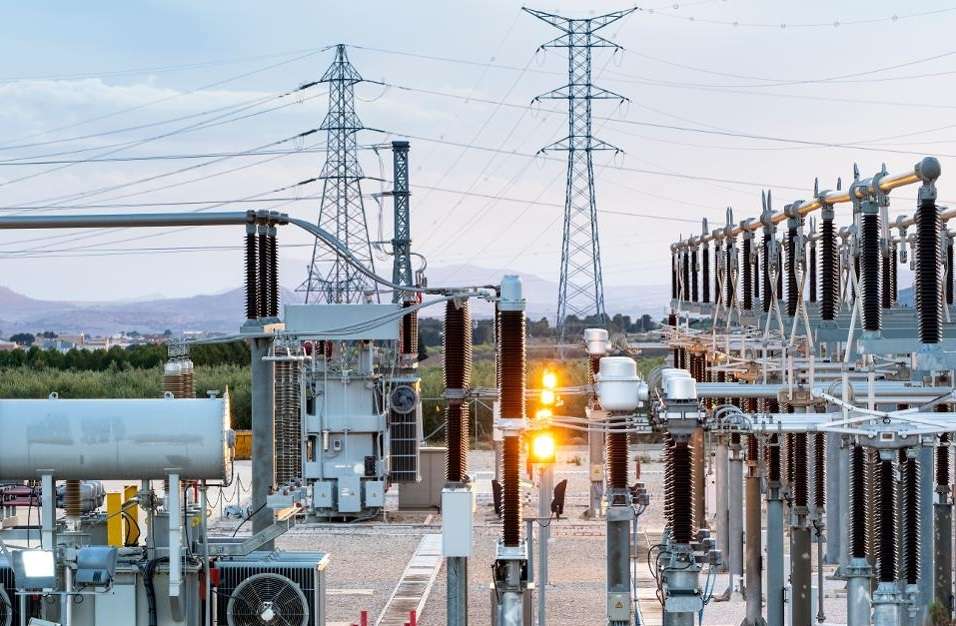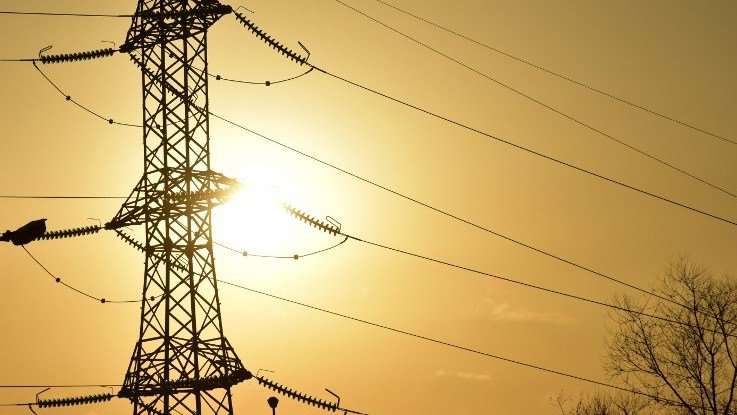South Africa’s rotational power cuts could drastically reduce following unprecedented interventions, motivated by “substantial political will” taken to introduce about 10 GW of renewable energy systems by 2024, according to a new Research published by Meridian Economics.
The study included a model showing that 96.5% of the load-shedding implemented by Eskom in 2021 could have been averted had there been 5 GW more variable renewable-energy generation available– a scenario that could well have prevailed had it not been for the seven-year disruption to the country’s renewables procurement programme.
Last year, load shedding turned out the worst on record spanning 1,165 hours with a total of 1.8TWh of energy unserved- uncomfortably close to one per cent of total electricity demand. According to the report, South Africa’s record electricity cuts last year could rise 10-fold by 2026.
Apart from reducing the damaging economic impact of load-shedding on the economy as a whole, the additional 5 GW of wind and solar would have also created a net annual saving of R2.5 billion for Eskom, as a result of lower diesel and coal consumption, the report noted.
The Solution Case
To prevent this from happening, the authors have crafted a plan, dubbed the ‘Solution Case’, that includes a variety of interventions to be pursued simultaneously and by multiple participants to resolve the crisis.
Considering the scale of the implementation challenge, however, the authors argue strongly for the creation of a dedicated and well-resourced power crisis implementation unit inside the Presidency to drive and monitor the prgoramme and reduce the potential for bureaucrats and politicians to frustrate progress.
“Implementing these reforms will require political will at a scale that has not yet been demonstrated in dealing with South Africa’s power crisis,” Meridian Economics MD, Dr Grové Steyn said.

Dr Steyn indicated it is important that “a single, neutral overarching entity in government takes the lead in setting out the elements of the game plan that must be implemented, and drives its implementation,” adding that “in our view, the natural place for this role is in The Presidency.”
“We think the fastest way of doing this is to take what we’ve got on the table – what is currently being procured and being pursued as a result of the recent deregulation allowing projects below 100 MW to proceed without a licence – and make that work more effectively and a bit faster.”
Dr Steyn
More Efforts to Obtain Additional Energy
Additionally, the authors argued that efforts should be made to obtain additional energy from the multitude of existing and new projects that are distributed throughout the grid, while leveraging and incentivising demand response through aggregators to secure 1.5 GW and introducing additional battery storage of about 2 GW.
To add further resilience to the strategy, and to cater for likely procurement delays, the report also suggests the urgent installation of additional thermal peaking capacity of 1.35 GW and expanding diesel storage at the existing peaker plants.
In total, under a risk-adjusted version of the Solution Case, which caters for delays or even some project failures, the report proposes that 27 GW of new capacity be added by the end of 2026, with about 10 GW of that added by early 2024 to end load-shedding.
The bulk of the new energy would be derived from utility and distributed solar PV (15 GW), with the report assuming that 80% of the capacity bid under bid window 5 (BW5) achieves financial close and that BW6 is expanded to 3 GW.

The report also assumes that 5.7 GW of wind is added, again based on the assumption that 80% of the wind projects under BW5 achieve financial close and that BW6 is expanded to 4 GW. The Kusile coal power station is also assumed to add 2.1 GW by 2024, which will result in a 108 MW net rise in coal capacity after unit decommissioning during the period.
The report does not anticipate any recovery in the energy availability factor (EAF) for the Eskom coal fleet, stating that it appears unlikely that the EAF decline can be contained to less than 2% a year as long as there is inadequate space to take plant out for maintenance.
For the period to early 2024, Meridian’s risk-adjusted plan for resolving load-shedding includes: 2,000 MW of distributed solar PV; 1,671 MW of utility-scale solar PV; 389 MW of new wind; 100 MW of concentrated solar power; 1,500 MW of diesel peaking capacity; 840 MW of battery storage and 1,500 MW of demand response.
“Together, this suite of resource increases can practically eliminate load-shedding by 2024 with full security of supply reached by 2025,” the report states.
READ ALSO: If you Can’t Arrest Fuel Prices, you Cannot Manage Anything in the Economy























